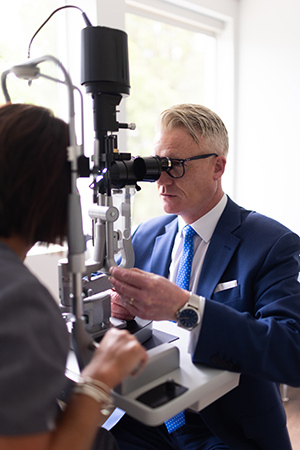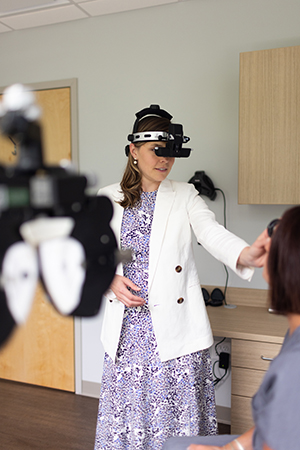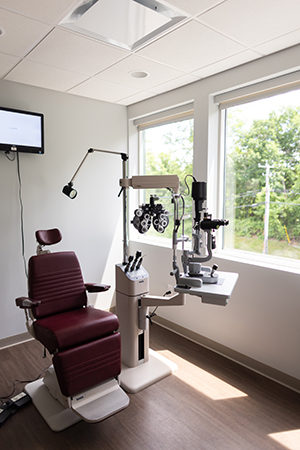Capital Ophthalmology Services
Cataracts, Blepharoplasty, Other Services
Ophthalmological Services in Albany, NY
Cataracts
Cataract surgery is a surgical procedure, targeted to address the clouding of the natural lens which can cause blurry vision, which impacts activities of daily living. The surgery is performed by making a very small incision in the cornea and using a highly technical ultrasonic vacuum to remove the cloudy lens.
An intraocular lens, which greatly improves a person’s vision, is inserted into the eye.

Surgery takes less than 10 minutes, is painless, and is performed in an outpatient setting. The anesthesia is generally either topical (just eye drops) or conscious sedation - similar to that used in colonoscopies. Surgery is performed on one eye and the second eye, if needed, is done two weeks later.
Vision may be blurry for a short period after surgery. Patients take eye drops for four weeks after surgery, at which time a new eye glass prescription is given if needed. Most people return to normal activities the day after surgery. The only restrictions are strenuous activities which may compromise the surgical result.
There are different lenses available for patients to choose from. The most commonly used lens is a monofocal lens which corrects for either distance or near vision. Patients who have significant astigmatism may benefit from a Toric lens which would allow them to be more glasses independent after surgery. Also available is a Multifocal lens, which corrects both for far and near vision. Only certain patients are candidates for these lenses, and that will be determined at the pre-operative evaluation.
Cataract surgery is extremely safe, and greatly increases a person’s quality of life.
Blepharoplasty
Upper eyelid blepharoplasty is a surgical procedure, targeted to correct excess skin, droopiness and wrinkling of the upper eyelids, also known as ptosis. This is achieved by making careful incisions along the eyelid creases and removing or expertly repositioning excess skin, fat and muscle.
Due to their location these incisions tend to be well-concealed into the patient’s eyelid crease. An upper eyelid blepharoplasty typically takes on average one hour and is routinely performed in an outpatient surgical setting.

Generally, local anesthesia with sedation is used, although under rare circumstances general anesthesia can be utilized. After sagging skin and muscle and excess fat is removed a fine suture is used to close the incision. The sutures are typically removed after six days.
Bruising and swelling is common and generally lasts about a week but can last longer as everyone heals differently. After eyelid surgery, some soreness may occur and can be controlled with Tylenol or prescription pain medications. To help reduce bruising and swelling it is recommended that the patient ice the surgical site frequently and keep their head elevated. Ocular symptoms, such as double vision, dryness, burning, tearing, light sensitivity and itchiness can occur during the first week. Normal activities may be resumed after seven to 10 days but more strenuous activities should be avoided for the first three weeks following surgery.

Other Ophthalmological Services
Our other services include:
